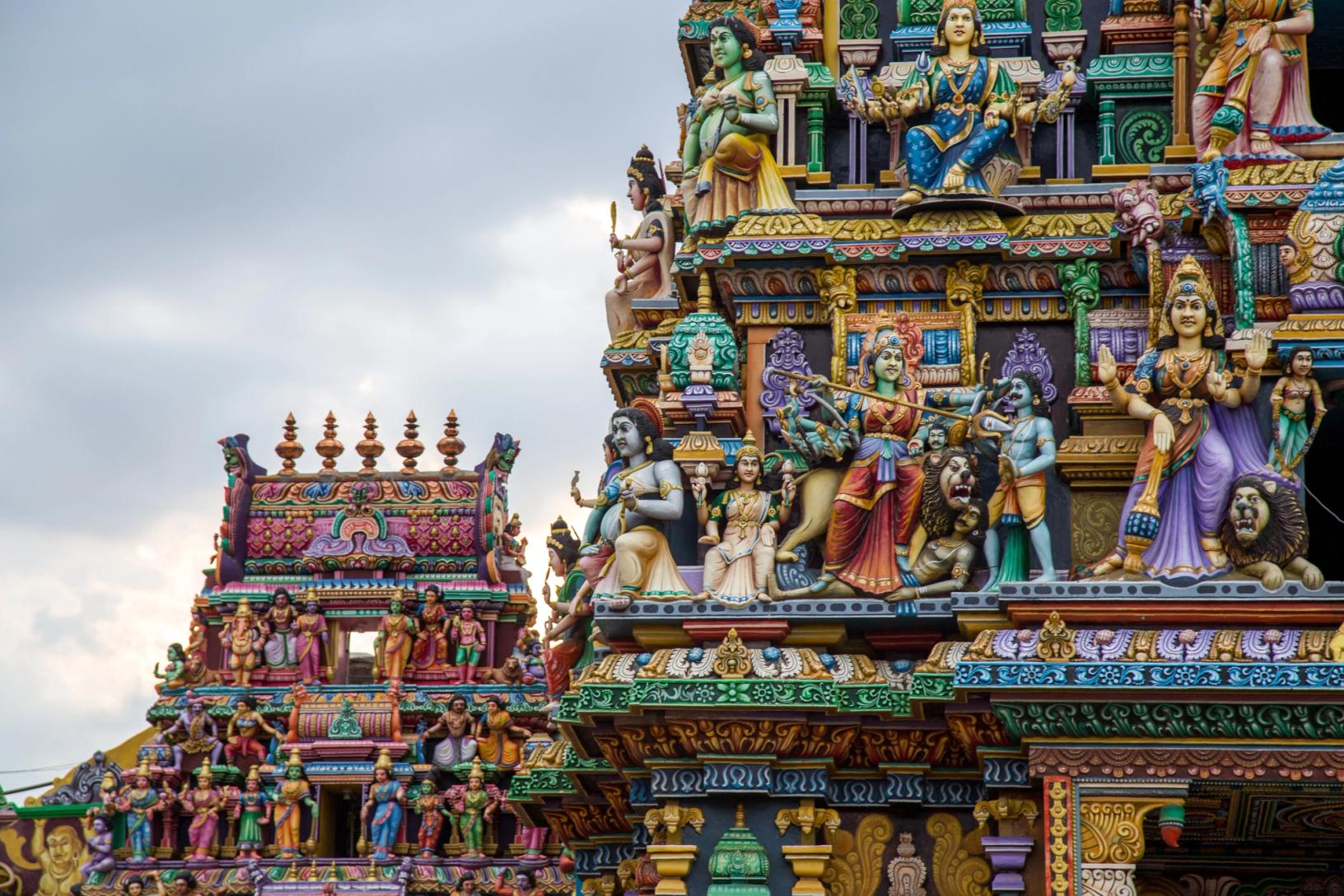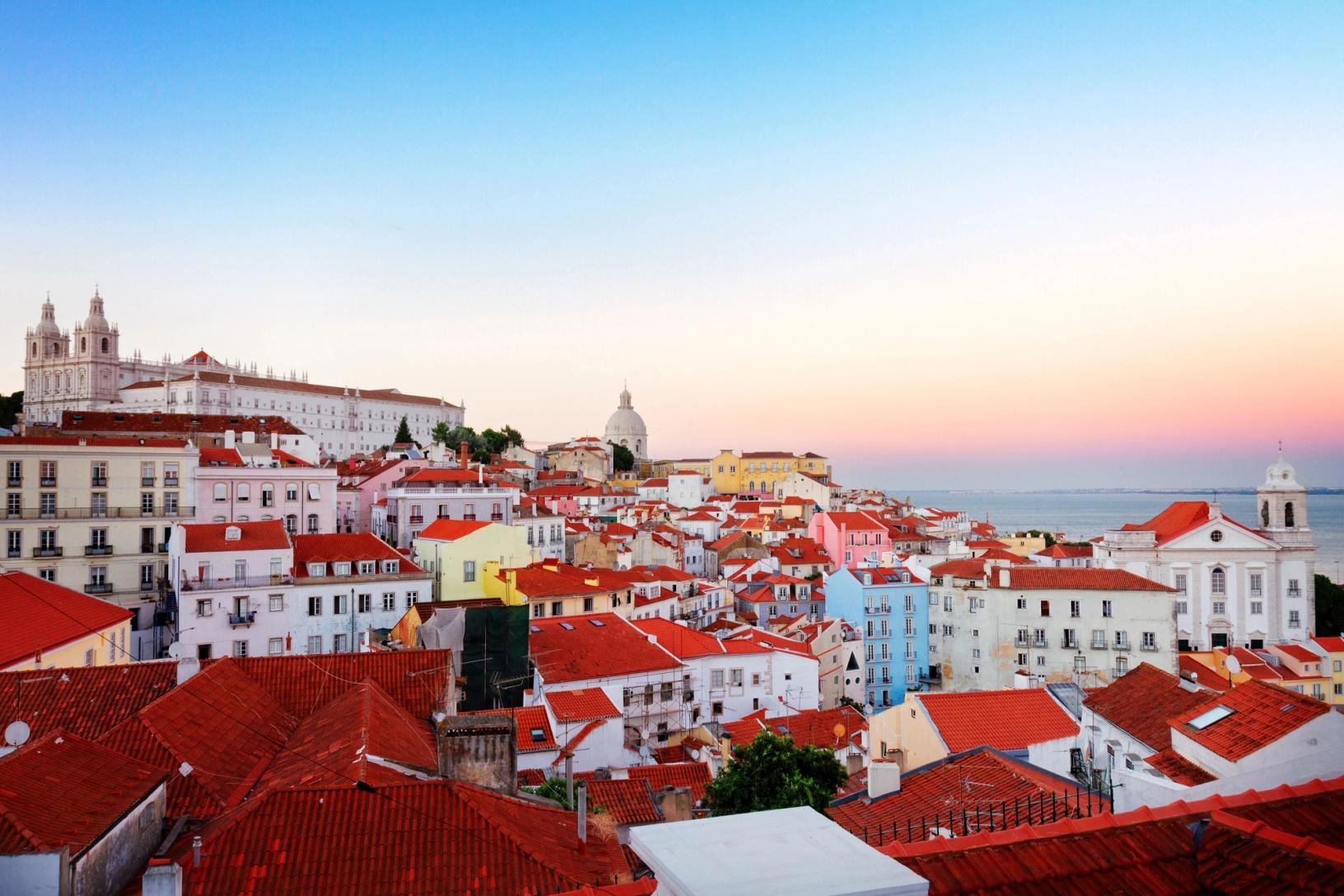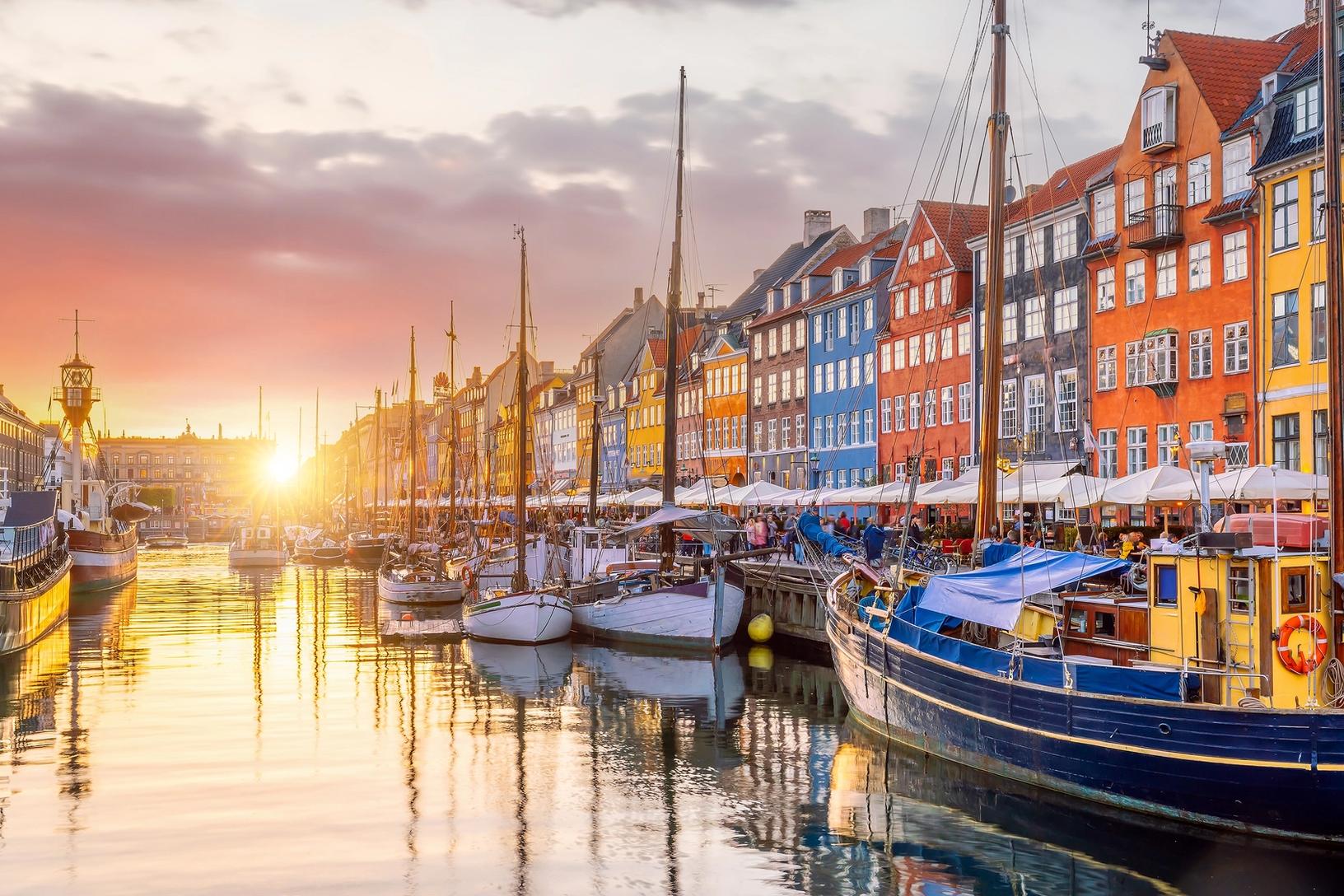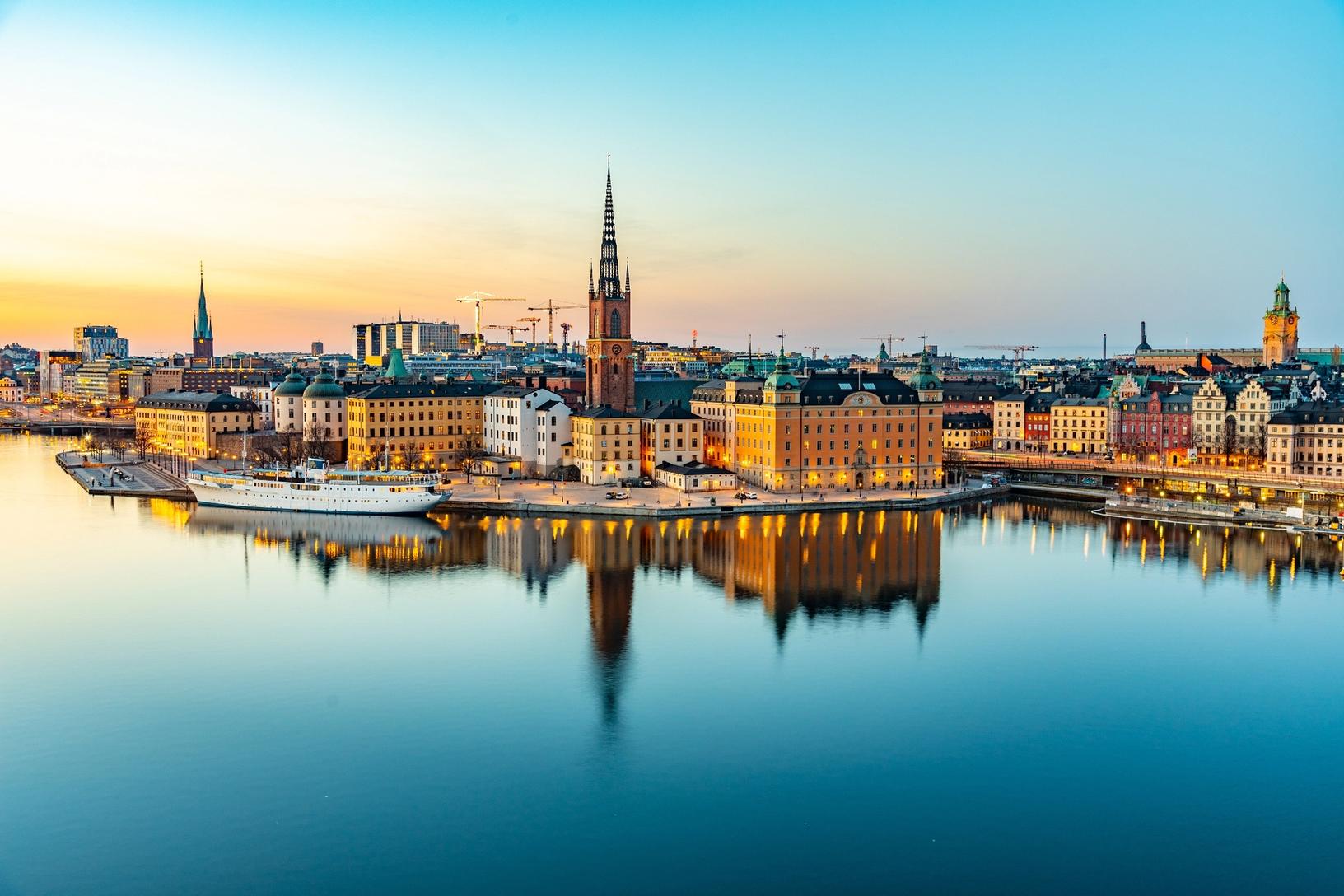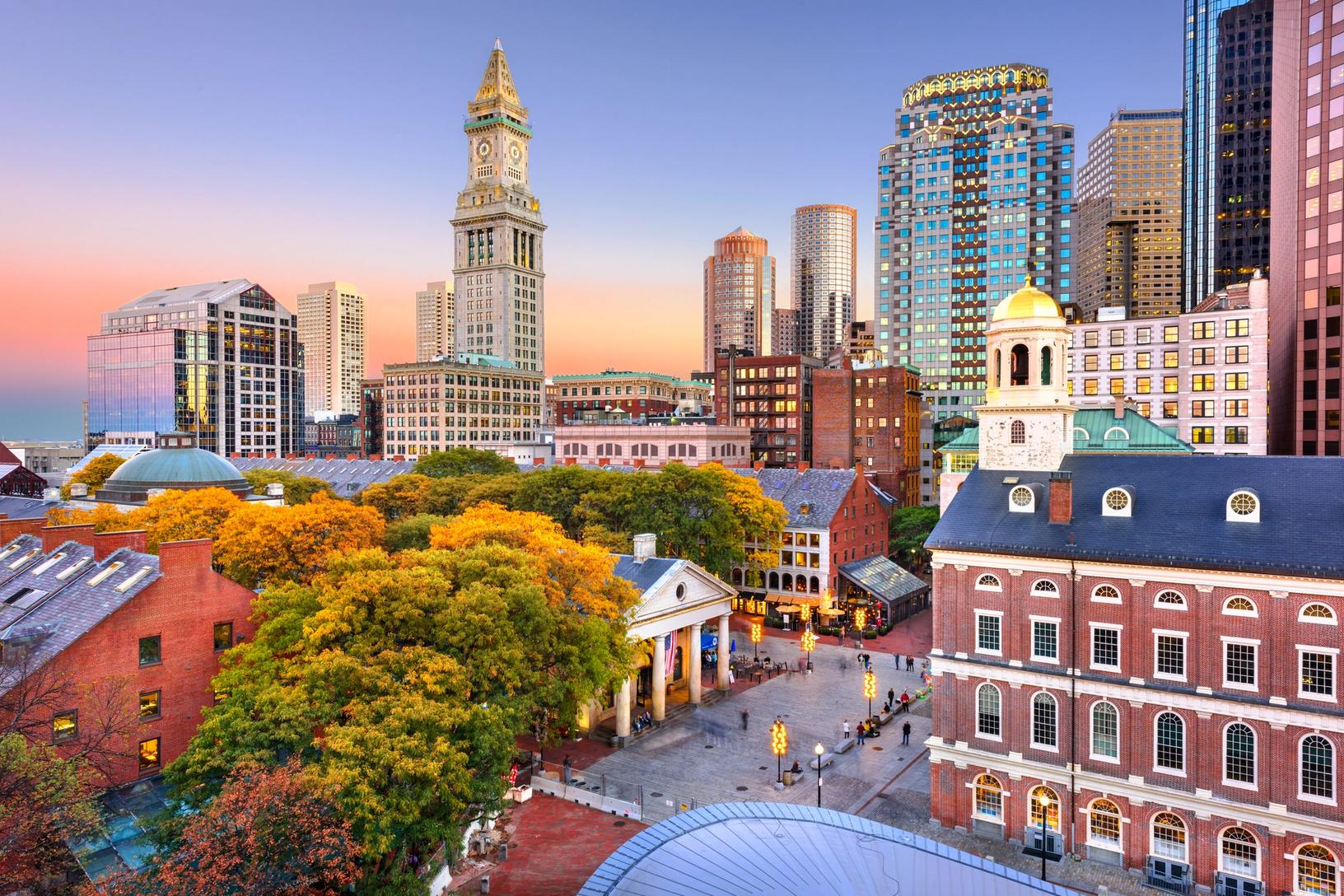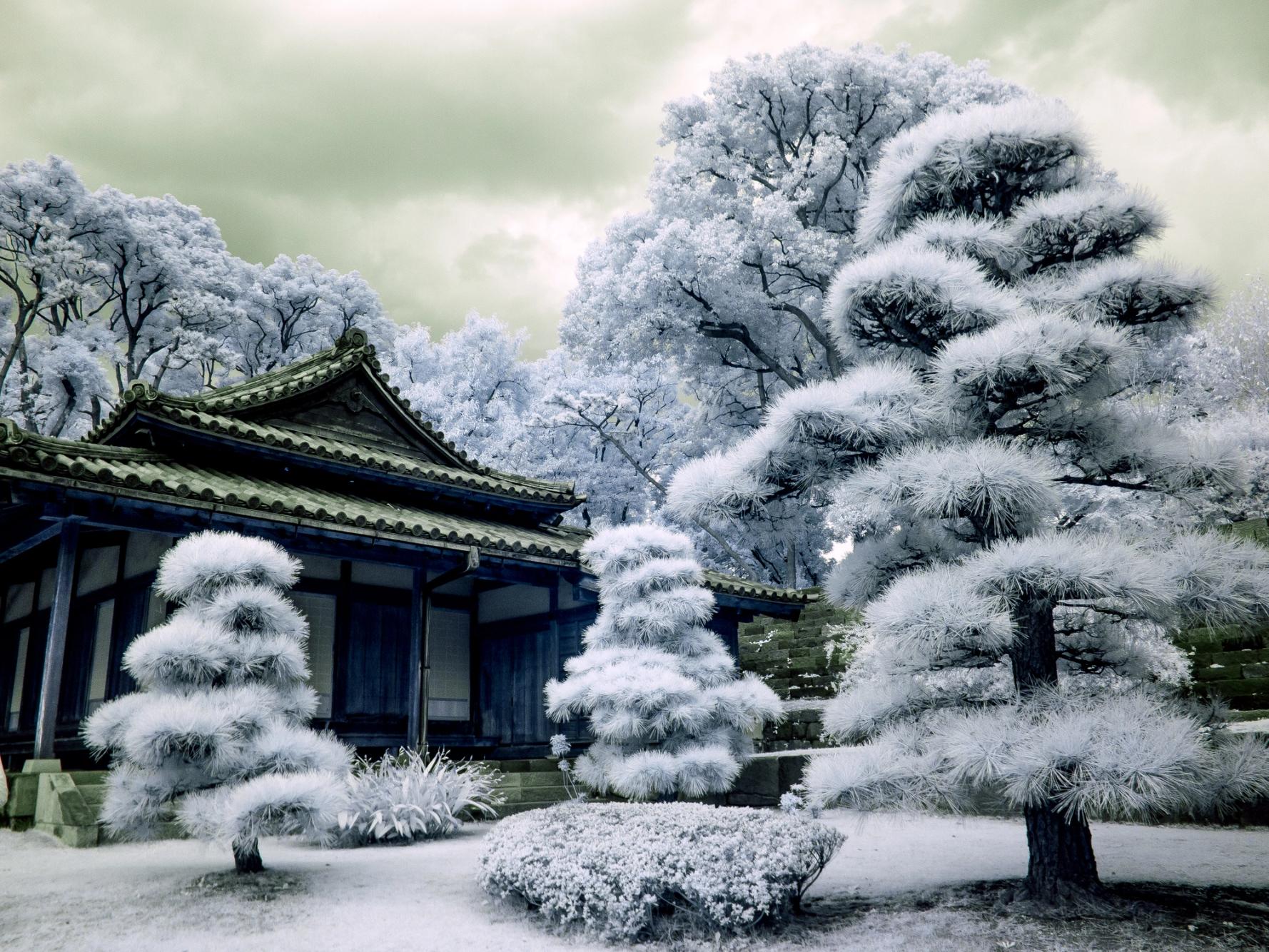
Tuesday, February 4, 2025 – Photo of the Day – Ho Chi Minh City, Vietnam

Where in the World Are We?
This is our 2nd day in Ho Chi Minh City, formerly known as Saigon, Vietnam


HO CHI MINH CITY, VIETNAM
The Áo Dài, or the Vietnamese elegance
Vietnam has undergone many changes over the last century. However, one silhouette remains almost unchanged in the landscape of this endearing country: that of Vietnamese women adorned with the Áo Dài.
The Áo Dài is not just a garment but a representation of Vietnam’s rich cultural heritage and a symbol of elegance. Worn by women in Vietnam for centuries, the dress has evolved to reflect the country’s changing fashion trends and social norms.
It first appeared at the end of the 18th century due to the civil war that divided the country into two parts. One is in the North, controlled by the Trinh family, and the other is in the South, controlled by the Nguyen family. As the clothing worn in the North was too similar to that of the Chinese, Lord Nguyen asked his people to distinguish themselves from the North by wearing silk trousers under a long, wide, five-sided tunic. The ancestor of the Áo Dài was born.
Over fashions, decades, and political changes, its cut, rather wide at first, was adjusted to accentuate the curves of Vietnamese women while still retaining a certain modesty. The collar disappeared, and the sleeves were shortened under Diem, under the influence of Madame Nhu, the First Lady of the time, who breathed new life and modernity into the dress at the end of the 1950s, a move that was, however, rejected by part of the country as being too modern. When the country entered the communist era in 1975, the Áo Dài fell out of favor, as it was considered “decadent” by the ruling powers. It came back with a vengeance at the end of the 80s, never to leave the forefront of Vietnamese dressing rooms.
SIGHTS
• Dam Sen Cultural Park
• Bitexco Financial Tower
• Ben Thanh Market
• Hotel Majestic
• Le Van Tam Park
• Jade Emperor Pagoda
SHOPPING
Considered a traditional fine art of Vietnam, lacquerware is beautiful, long-lasting, and—best of all for those with luggage weight restrictions—light. Most tourist shops and markets hawk the same kind of budget lacquerware. Higher quality items come at a price and are usually found in specialty shops. Some of the newer high-rise shopping complexes in downtown Ho Chi Minh City are home to high-end international brands.
Today’s Excursion – Saigon Street Food Experience
During this excursion to Ho Chi Minh City, we discovered Vietnam’s natural remedies and street food.
Ho Chi Minh City and Saigon Food Street Market
We drove to the Food Street and Tan Dinh Market in District 1 of Ho Chi Minh City. The Tan Dinh Market is best known for its downhome Vietnamese food. Many vendors and food stalls in the market’s food section offer dishes freshly made to order.
Various local dishes can be purchased here, including Vietnamese pancakes (banh xeo), fresh spring rolls (goi cuon), hue cakes
(banh beo) and Vietnamese noodle soup (pho).
Ngon Restaurant and Lunch
Leaving the Tan Dinh Market, we re-boarded our coach and drove to the Ngon restaurant, which offers an extensive menu of foods from northern to southern Vietnam. The concept behind the restaurant is to bring together many different street vendors under one roof. In this compact venue, many classic Vietnamese dishes from throughout the country are prepared with the impressive local street fare’s flair, independence, and simplicity. A light Vietnamese lunch is served after exploring the food stalls.

































































































6:30 PM – Pre-Dinner Show.


Dinner was in Alantide Restaurant






SMOKE ON
THE WATER
TONIGHT’S SHOW WITH INTERNATIONAL VIOLIN SENSATION ANALIZA CHING
AT 9:15 PM
VENETIAN LOUNGE, DECK 5
Analiza returns with her dazzling performance and her
phenomenal violin musical talent.
Click to see her semi-final performance on Britain’s Got Talent on YouTube: https://youtu.be/eFlvIuuNUxs?si=gngde4S-9_qkbDUh


